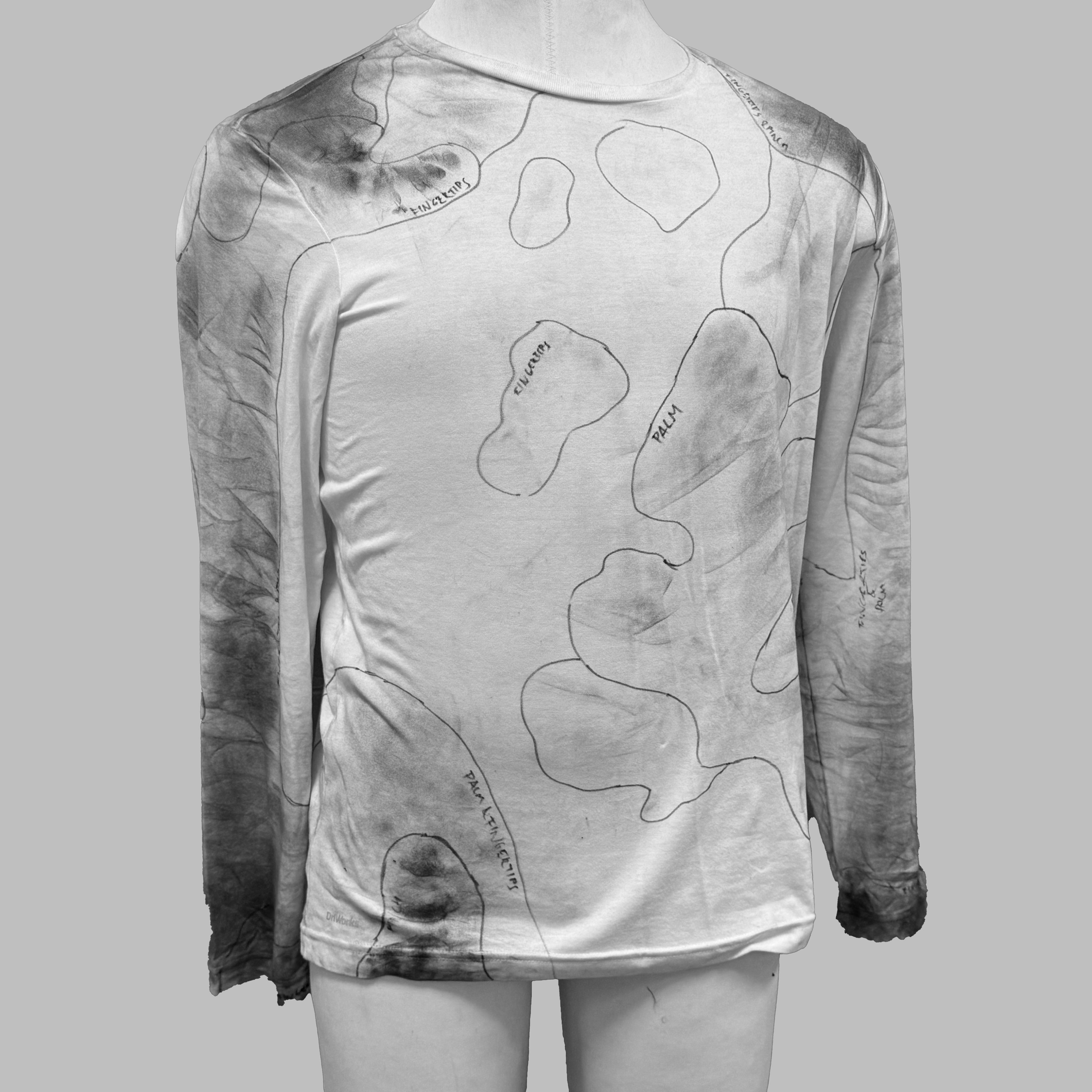


People with sensory-seeking tendencies often experience heightened levels of anxiety and stress throughout the day. Existing clothing options lack well-integrated design elements to provide comfort alongside stimulation. As someone with ADHD, I often find myself playing with my cuffs or touching various parts of my clothes. Fidgeting with clothes serves as a way of alleviating anxiety and stress.
tacta is sensory-friendly clothing designed to provide comforting textures that are pleasant to touch and facilitate interaction with clothes to reduce anxiety and stress. Strategically placed textures create a diversely materialized, topographical apparel piece is both fashionable and comforting, providing the best texture for different types of touch. By utilizing these different textures as visual elements, tacta presents a way tactile/sensory aware clothing can be embraced more broadly in fashion.
A look at the existing products in the sensory-friendly clothing space indicated an overreliance on fidgets attached to the garment, the underuse of the garment itself as a sensory element. This makes the existing products look tacky in comparison to regular clothing, and might cause to these garments to potentially become negative social identifiers of sensory-seeking traits and create a negative perception of the user in the public eye.
To investigate the possibility of using the garment itself as the sensory interaction, a study group was presented with swatches of different types of fabric and participants were asked to provide feedback on how the given fabric feels to touch in different ways, i.e. pinch, rub fingertips, rub palm, rub knuckles.
In parallel to the study group, a volunteer with sensory-seeking tendencies was asked to wear a white long-sleeve shirt after dipping their hands in charcoal dust, and how they interacted with the shirt was mapped over a period of two hours.


Using the information obtained through the test swatches and the touch mapping, an initial prototype was created using the same types of fabric. The prototype was tested by the volunteer who did the touch mapping and their responses were recorded.
Initial Prototype Feedback
-Small patches make finding the textures difficult
-The edges of the patches are unpleasant
-Patches feel physically disconnected from the base garment because only the edges are bound to the base
-Visual language is unclear
For the final prototype, the types of fabric used in the initial prototype were replaced by different types of black fabric to create a more uniform and understated look that places the emphasis on texture. The replacement fabrics were selected based on the similarity of their touch feel to the original four fabrics used in the test swatches and the initial prototype.








Based on the feedback acquired from the initial prototype, the final prototype features larger patches of fabric that have been fused onto the base garment to make the textures less disconnected from the base garment.
The patches were also made larger, still covering the original touch areas, and squared off, eliminating the unpleasant edges and creating a more cleaner look.
